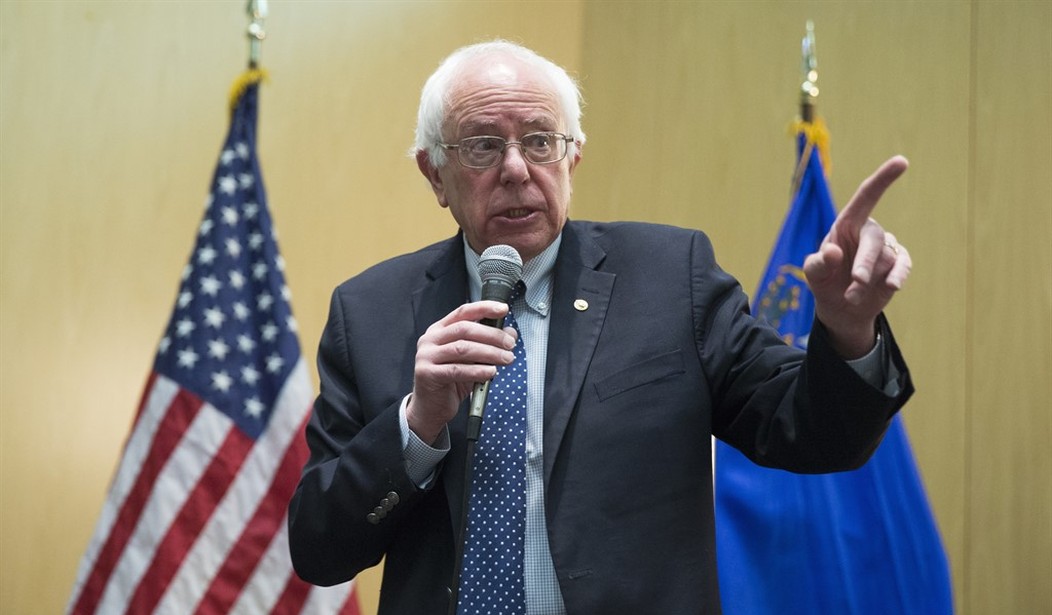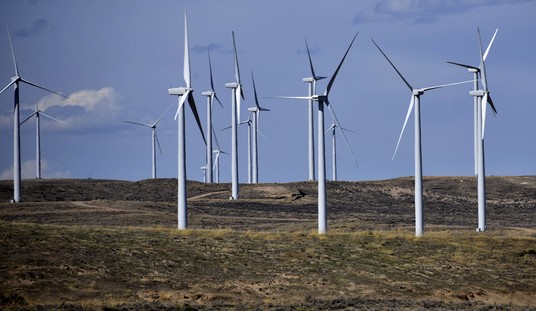Last week, New York Times’ Josh Barro wrote about Sen. Bernie Sanders’ tax plan, where he noted that it’s highly dubious it would generate the long-term revenues needed to fund many of the self-described democratic socialist’s plans. Moreover, his massive tax rate (over 73 percent) for the uber-wealthy might discourage those seeking high-pay, high-skilled jobs in the future. At the same time, Barro noted that there are other factors at play that make testing this hypothesis difficult–even though the conclusion could be logical. In short, to punish greed Mr. Sanders seems to be placing success in the crosshairs (no kidding, right?) (via NYT) [emphasis mine]:
It just so happens that in 2011, the economists Peter Diamond of M.I.T. and Emmanuel Saez of the University of California, Berkeley, drew attention with a paper estimating that the revenue-maximizing income tax rate on high earners — the combined state and federal rate after which further tax increases would actually cause revenue to fall — is 73 percent.Mr. Saez, who is perhaps best known by the public for his work with Thomas Piketty on rising income inequality, said a key effect of such a large tax increase would be to push down the pretax incomes of the ultrarich.
“My feel is that the reasoning behind Sanders’s tax plan is not so much tax revenue generation from top earners but rather make top tax rates so high so as to discourage ‘greed,’ defined broadly as extracting income at the expense of the rest of the economy as opposed to real productive behavior,” Mr. Saez wrote in an email. “I think pretax top incomes would finally start to decline.”
[…]
We do not assume taxpayers change their behavior,” said Warren Gunnels, the policy director for the senator’s campaign. He said the tax rates under the plan were not chosen with an eye toward the Diamond-Saez hypothesis, but rather to generate sufficient revenue to pay for the senator’s policy proposals. He said the plan assumes that new, higher rates would be applied to the existing income base, without taxpayers reporting lower incomes.
Much higher tax rates on the highest earners can generate revenue to pay for new programs, and they can encourage a more equal distribution of pretax income. But these two objectives are in tension with each other — the more Mr. Saez is right that high rates will discourage ultrahigh incomes, the less revenue Mr. Sanders will get from his new taxes on ultrahigh earner
[…]
…a 73 percent top rate would generate more revenue than the existing tax code, but it would not generate proportionately more revenue — meaning Mr. Sanders’s revenue estimates, based on applying rates to the existing tax base, will tend to overstate revenues available to pay for a plan that is already facing criticism for too-low cost estimates, even if 73 percent is the correct estimate of the revenue-maximizing tax rate.
For this reason, it is a good thing that Mr. Sanders’s plan does not rely mostly on these high-earner taxes. More than 80 percent of his proposed tax increases to pay for his health plan come from broad-based income and payroll taxes that would apply to nearly all workers. In contrast with very high rates at the top, there is no question that these taxes could generate additional revenue to fund government programs — and could even be set higher if there were a revenue shortfall.
Recommended
Sander's tax plan discourages "greed," like the desire for Americans to better themselves, get more experience, better educated, and possibly landing a top job during the course of their careers. Granted, not many people get there, but the fact that some do proves to the masses that such avenues exist if you put the work into it. And that's the point: it takes time, hard work, and perseverance. It doesn't happen now, or even in five, ten, or 15 years. Again, it may not happen at all, which is why many rate success other than than just monetary gain. Make no mistake; Sanders' tax plan is a ploy to punish success, as with more economic policies emanating from the Democratic Party. As George Will has noted for the past few years, liberals seem to be trying to codify envy, and turn our aspirational qualities into a vicious form of resentment. He explains that the former is the reason we don't have (probably up until now) a successful large, redistributionist left wing party in this country. Bernie might be reshaping that for us, which is terrifying.
So, while the debate over tax rates and the maximization of revenues continues, some left-leaning economists are starting to question the true cost of Sanders’ plan. Some are giving the Sanders agenda a price tag of $30 trillion through 2026. His website does give a $18 trillion figure, but the Times noted that it leaves out the cost of other initiatives the disheveled democratic socialist also supports, like universal pre-K:
On his campaign website, Mr. Sanders proposes more than $18 trillion in new spending over 10 years; he does not account for some ideas he favors, like universal prekindergarten and child care, that could put the total above $20 trillion. About $14 trillion of the total is for health care; the rest is chiefly for infrastructure, free college, Social Security, paid family leave and clean-energy initiatives.Adding $20 trillion to projected federal spending would mean about a 37 percent increase in spending through the 2026 fiscal year — close to the 40 percent that Mrs. Clinton suggested. But Kenneth E. Thorpe, a prominent health policy economist at Emory University who advised the Clintons in the 1990s, recently concluded that Mr. Sanders’s health plan would cost $27 trillion, not $14 trillion, which would put total spending for all of his initiatives above $30 trillion through 2026.
Buried in the piece is the fact that Sanders’ Medicare-for-all, single-payer health care plan was simply too expensive and distortive to put in place in his home state of Vermont. Before leaving for the Franklin Center, our former managing editor Kevin Glass wrote in December of 2014, that Vermont decided to nix their single-payer push due to, among other things, the enormous detrimental impact it would have had on the state’s small business community.
In short, Sander’s America is a complete, economic disaster–but you knew that already.
























Join the conversation as a VIP Member